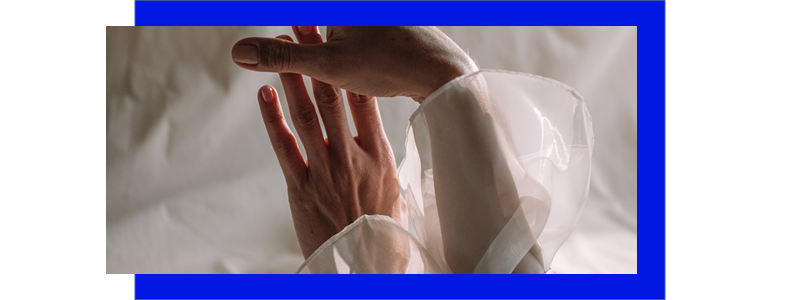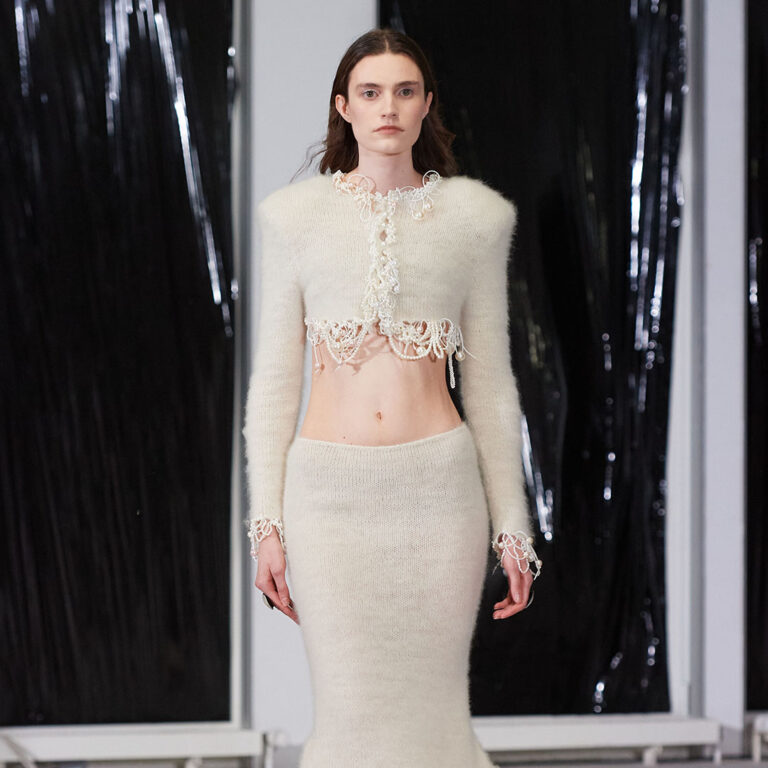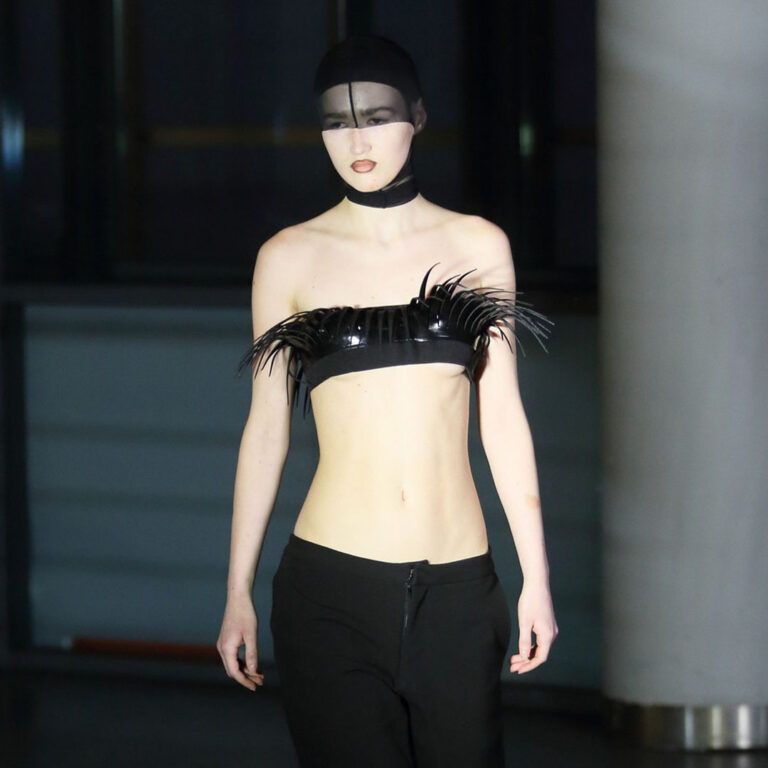Silk is a precious material and bloody expensive compared to others. And the bloody part is exactly why we have to talk this fabric. The development process of silk isn’t as nice as you might think; boiling the cocoon in hot water while the silk worm is still alive, is an integral part of the standard development process. The good news is: there’s a sustainable and cruelty-free way of developing silk as well. We talked to Shayonti Chatterji, founder of sustainable brand Urban Medley, about everything you need to know concerning silk and its sustainable alternatives.
Cover photo: © Pexels
Understanding silk
Peace or ahimsa silk is softer and more breathable than regular silk, making it cooler in summer and warm in winter. Regular silk is glossier, where peace silk is more matt in appearance. No need to dry clean peace silk unless it is printed or dyed, while regular silk solely should be dry cleaned.
In the production of conventional silk, the cocoons are boiled before the moth can hatch in order to maintain the length and strength of the silk fibres. According to PETA, 3,000 silk worms are killed to produce half a kilogram of silk. The boiling water loosens the sericin (the glue which binds the filaments together); and so fine silk filaments are reeled off the cocoon. A few of these filaments (the number depends on the desired thickness of the silk, and the methods of spinning and weaving) are twisted together to produce fine, thin silk yarn which is then woven into silk cloth.
Have we scared you with the above mentioned process? Now you know that silk isn’t that animal friendly, it’s time to dive deeper into the topic. We spoke to Shayonti Chatterji, who successfully launched Urban Medley a while ago. With her brand, she focuses solely on the development of fair materials, both for people and planet. Furthermore, Urban Medley’s items are developed my traditional craftsmen; their designers work with groups and communities, assisting them to become independent and to continue their traditions with pride.
https://www.instagram.com/p/CF98JwYnLNP/
Urban Medley
Urban Medley was ideated based on a simple philosophy, to give back to the land Chatterji loves and to make a difference to the lives of those less fortunate than she is. There weer two main guiding principles for starting Urban medley; at first, she wanted to promote traditional art forms, that were threatened with extinction. Often they are passed on from one generation to the next, but even more often they diminish due to lack of commercialization. At second, she wanted to bring sustainable, handmade fashion accessories to Europe. Accessories that reflect modern styles and designs, but are developed by using the most traditional techniques.
SC: “Urban Medley is not about mass productions and machine-made perfection. Every item is handcrafted, so there is room for imperfections and minor blemishes which translate to the uniqueness of the final product. Promoting and marketing these products we help in empowering the marginalized. It will give them the opportunity to make a decent living while doing what they are best at – enhancing their centuries old arts and crafts.”
https://www.instagram.com/p/CDB-GJhnnJJ/
Peace silk
So what is peace or ahimsa silk? Until now, it isn’t common knowledge that there exists a cruelty-free way of making silk. Instead of boiling the cocoon in hot water while the silk worm is still alive, the developers of peace silk for the silk worm to cut through the cocoon as it metamorphoses into a moth and discards its cocoon.
SC: “This method of silk weaving started in India around 1990. After a silk worm has spun its cocoon, it will transform into a moth and once this transformation is complete, the moth secretes a liquid to make a hole from which to hatch. As the moth hatches it makes a hole in the cocoon and the silk fibres are cut and not continuous. These cut threads are then woven to make the silk yarn, Peace silk which is hand woven and hand spun retains the natural property of silk, being comfortably cool in summer and warm in winter making it a multi seasonal fabric.”
Why do organizations still use traditional silk?
SC: “From a commercial perspective peace silk takes much longer to produce, since you wait for the moth to hatch. The silk yield is also much less at this later stage of cocoon. The cost of peace silk in the market is almost double that of conventional silk, so for many companies it’s too expensive.”
Sustainable future
Chatterji will continue her work in order to retain traditional Indian crafts, to make the fashion industry aware of the dark side of silk and to set the bar for others in the scene.
SC: “There is a lot of work that needs to be done in this sector. I think spreading awareness and making consumers conscious is especially important. The more they are ready to embrace sustainable products the easier it will be to give a better price. Also as more and more slow fashion comes to the market, consumers will probably be forced to change their buying habits- buy less, buy better and buy only when necessary.”
She continues: “We are an ardent advocate of the SDG (sustainable development goals, red.) and always conscious of the social impact of our business. We are mindful of the fact that our artisan community is paid fairly and there is no gender discrimination. We are able to comply to sustainable production, support economic growth and help gender equality working in conjunction with our brilliant team of designers and artisans.”
Also read: How designer Bethany Williams solves the fashion industry’s problems










